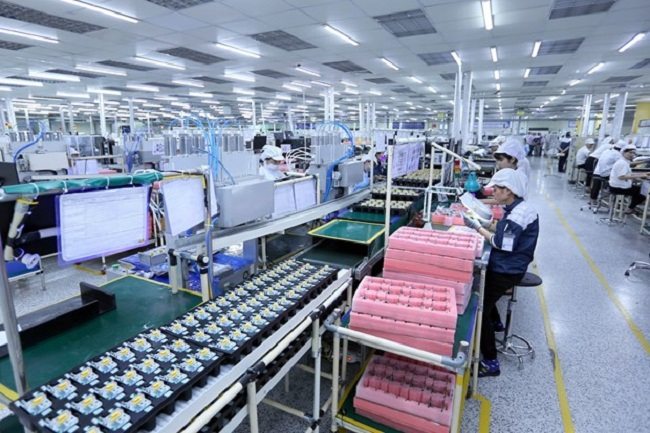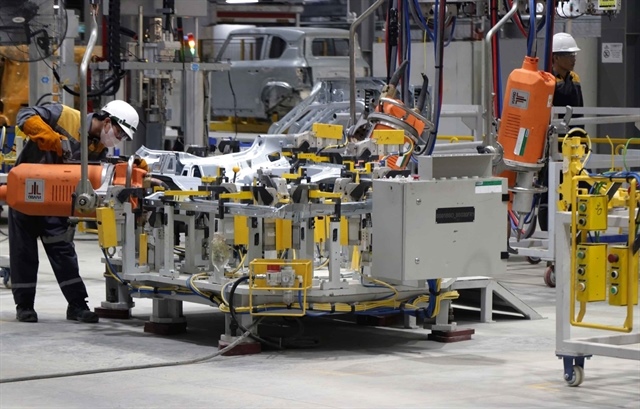Jan-Nov sees US$17.6 billion in FDI disbursed
Jan-Nov sees US$17.6 billion in FDI disbursed
More than US$17.6 billion in foreign direct investment (FDI) had been disbursed in 2019 through November 20, a 7.2% increase from one year earlier, according to the Ministry of Planning and Investment’s Foreign Investment Department.

Data revealed that nearly 3,500 FDI projects worth US$14.7 billion were licensed as of November 20, up 28% in number, but down 7% in value against the one-year-ago period. Foreign investors got nod to inject an additional US$5.9 billion into their operational projects, as well.
They also conducted more than 8,600 transactions to contribute capital and acquire shares in local firms, with a total value of US$11.2 billion, bringing FDI pledges in 11 months to over US$31.8 billion.
The number of merger and acquisition (M&A) deals has seen an increase in recent years, according to the Foreign Investment Department.
M&A agreements accounted for 17% of the overall FDI value in 2017, and the figure amounted to 27.8% one year later, while the 11-month period of 2019 witnessed the number of such deals rising by a staggering 47% from one year earlier, making up 35% of the total FDI.
During the 11 months, the processing and manufacturing industry still took the lead, with a combined value of US$21.5 billion, representing 67.8% of total pledges. Next was the real estate sector, with US$3.3 billion, or 10.4%.
Among the 107 countries and territories investing in Vietnam, Hong Kong (China) was the largest investor, with US$6.69 billion, followed by South Korea at US$5.73 billion and Singapore with US$4.47 billion.
Hanoi was the largest FDI recipient during the period, with US$6.82 billion, accounting for 21.5% of the total. HCMC came in second, with US$5.48 billion (17.2%), followed by the southern provinces of Binh Duong and Dong Nai, and the northern province of Bac Ninh.
HSBC economists said in a recent report that over the past year, more companies have started to move parts of their production out of China, in a bid to diversify their supply chains.
This shift was already under way, as labor costs in China have risen significantly in recent years, with trade tensions accelerating the process. Lower electricity and water costs, free trade agreements, and preferential tax rates are other draws, they pointed out.
On a relative basis, they said Vietnam has seen higher FDI as a percentage of gross domestic product, compared with other markets in the Association of Southeast Asian Nations.
FDI has shown signs of stabilization in Vietnam, while there have been indications of increased activity in other markets, such as Thailand and Malaysia.


















